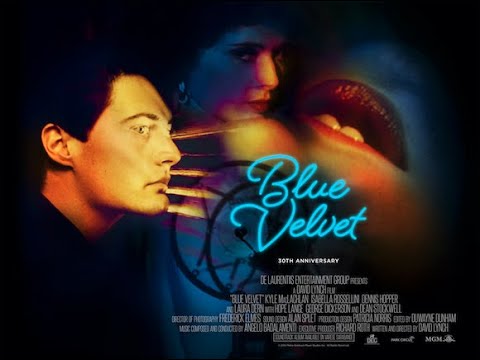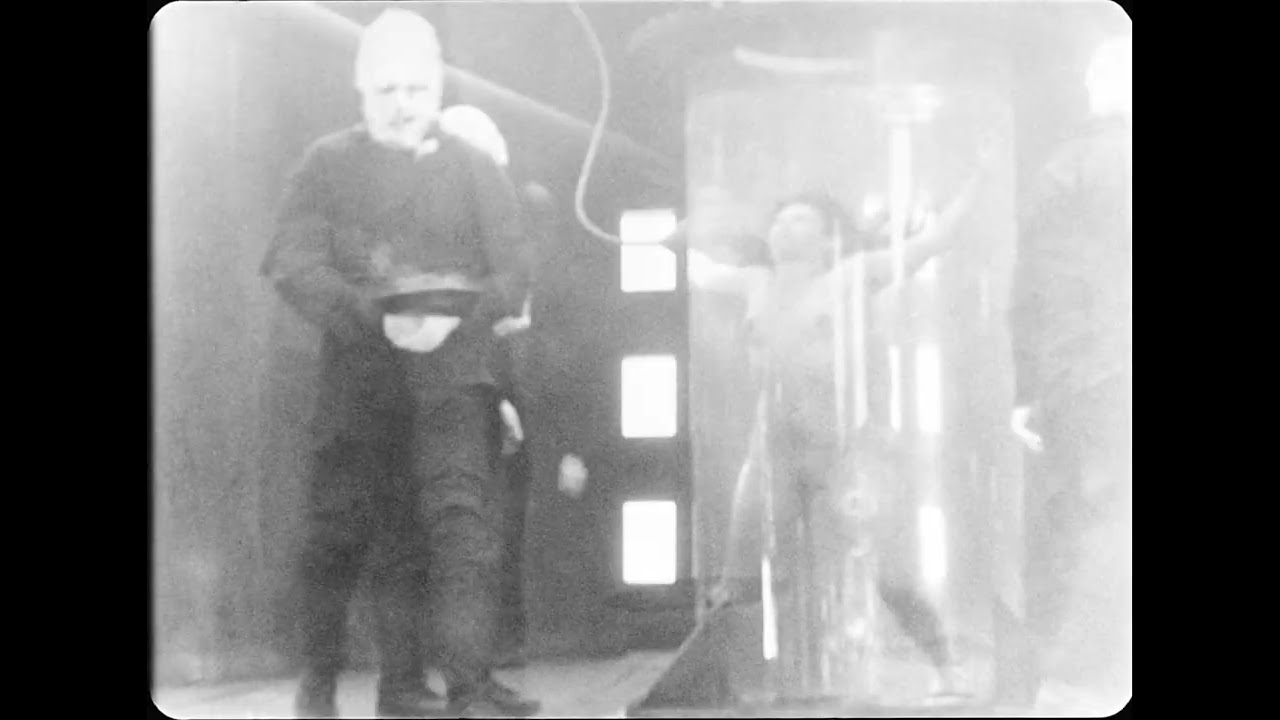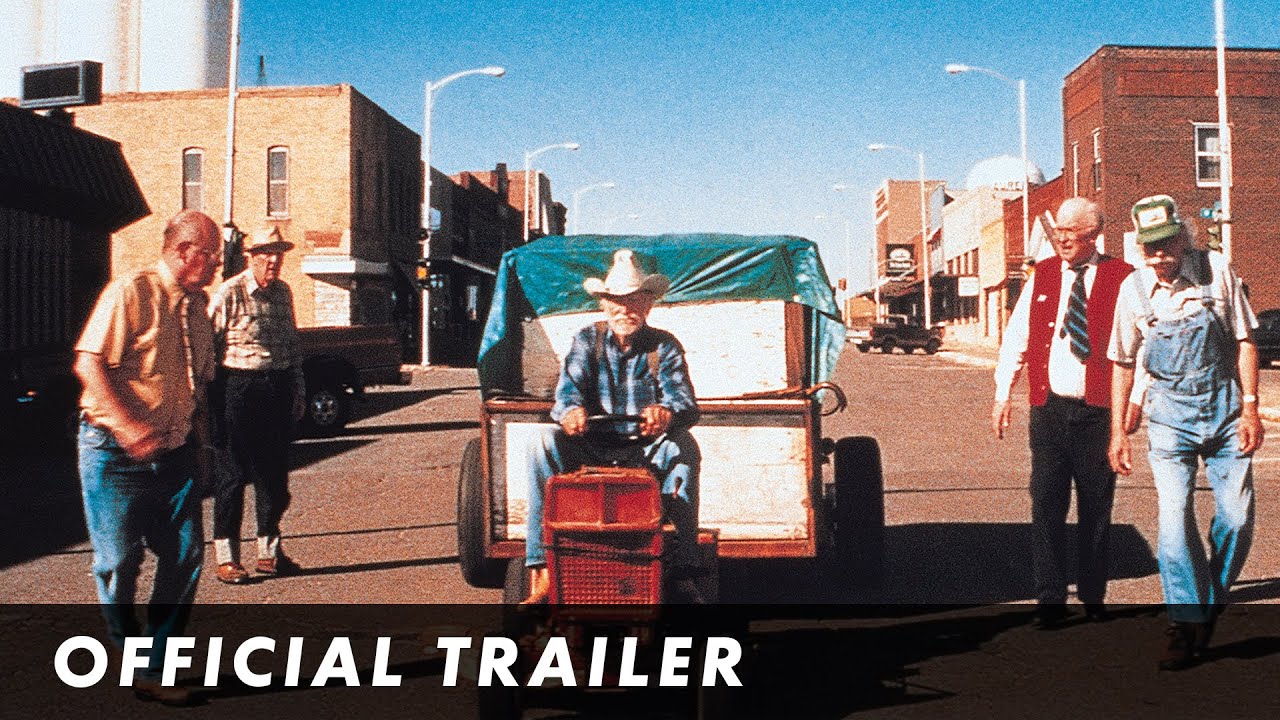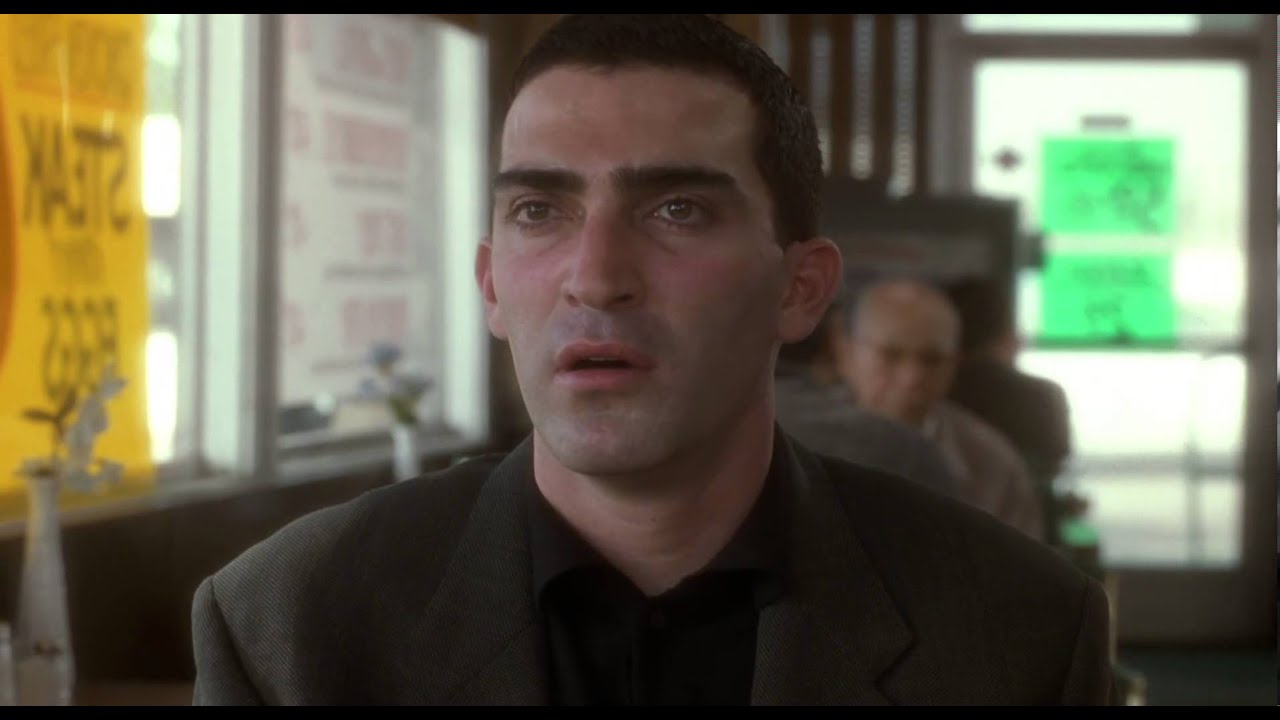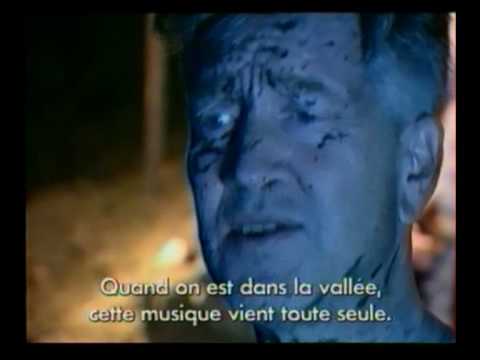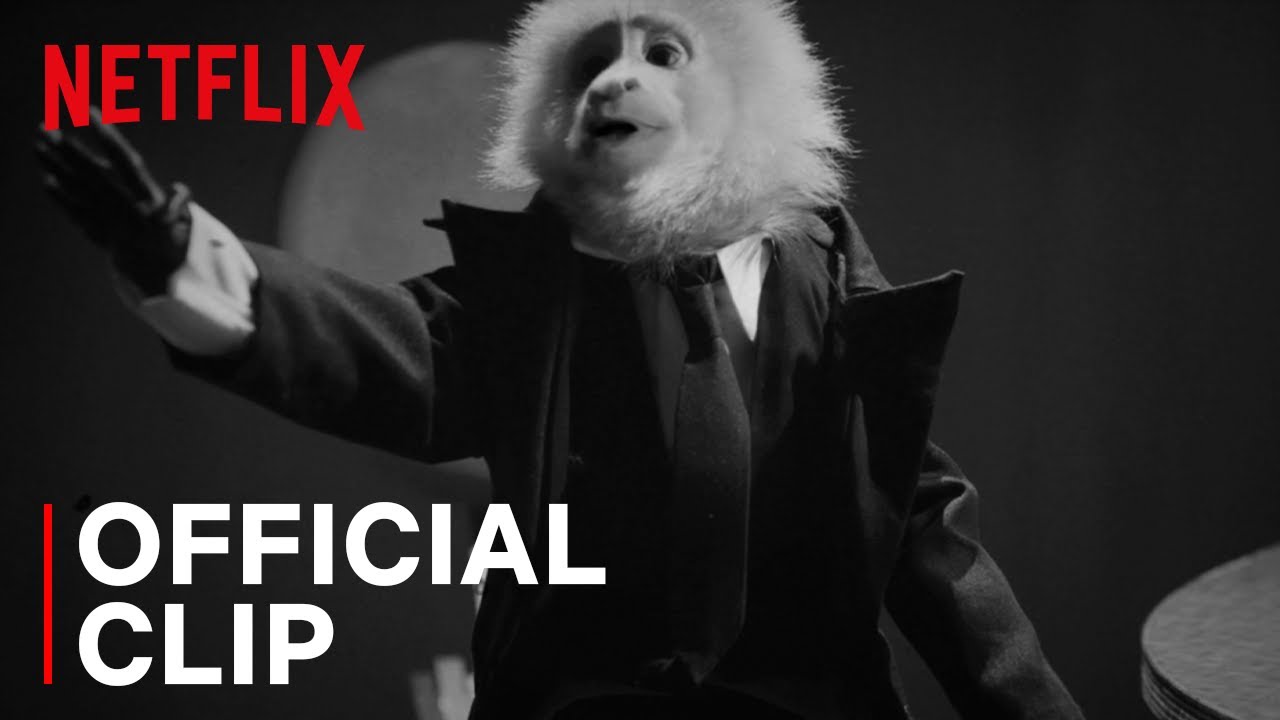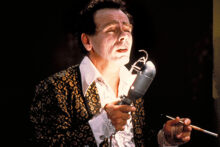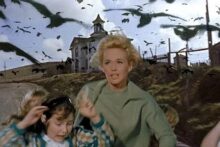It has now been ten months since the death of the American film director David Lynch, and we are still coming to terms with what we’ve lost.
After his death, a spontaneous public shrine appeared around the mascot of Bob’s Big Boy restaurant in Burbank, made out of flowers, donuts, cigarettes, cups of coffee, bags of Cheetos and assorted toy owls. It is not usual for spontaneous public shrines to appear after the death of film makers. As revered and respected as the likes of Christopher Nolan or Denis Villeneuve are, no-one expects people to go out into the streets and build shrines to them after they die. These things are reserved for people as unique as David Bowie or Princess Diana – those rare individuals who meant something deep and profound to people they never met.
How did David Lynch – someone dismissed as too strange and arty by Hollywood, a director who couldn’t get a feature film greenlit during the last 19 years of his life – move people as deeply as this? His films affect us in ways that nothing else does, and he speaks to parts of us that other artists don’t even realise exist. But how does he do this? People may copy his tropes and style, but their work never has the same effect – only David Lynch had the ability to be truly Lynchian.
In the months since he has gone, his films have been revisited by mesmerised audiences, all drawn to the mystery that lies at the heart of them, aware that his strange dreamlike stories somehow have the ability to make our worlds larger. This list is intended as a map for those ready for a deeper exploration of his body of work. Of course, it is not the entrance to a labyrinth that matters, but the experience of being lost. In a similar way, it is not how you fall into Lynch that is important, but what you discover about yourself while you’re in there. Here are ten possible ways into his world.
Eraserhead (1977)
David Lynch’s first feature film, was the incomparable Eraserhead. This nightmarish black and white student film tells the story of a young man, Henry, struggling to cope with the responsibility of unexpected fatherhood, and it shows how Lynch never had to spend time finding his own ‘voice’ as an artist – he was always uniquely Lynchian from the very beginning. The first recorded use of the word ‘Lynchian’ was in 1984, around the release of Dune, but after watching a few minutes of Lynch’s debut you will have a pretty good sense of what it means.
It is not just the dream logic, languid pauses or unsettling atmosphere that establishes the director’s body of work. There are more specific elements that will reoccur in later projects. The black and white zigzag floor in the lobby of Henry’s apartment is instantly recognisable as the floor of the otherworldly Red Room in Twin Peaks, while the photograph of the mushroom cloud in Henry’s bedroom reappears behind Gordon Cole’s desk in Lynch’s last major work, Twin Peaks: The Return. Details like this give the impression that all his films are connected, and that his body of work is one complete piece. If this is the case then it is a complete achievement entirely unlike any other. Lynch has left us a legacy that we will never get to the bottom of. If we are wise, we will never stop exploring it.
Blue Velvet (1986)
Lynch’s early years as a director for hire saw him telling other people’s stories, set in places like Victorian London or on sci-fi desert planets, and it was not until Blue Velvet that he started to explore his own American roots. This depiction of the darkness underneath the idyllic Americana of a small north-western logging town was a step on the path to Twin Peaks, and it also showed that the more he put himself into his work, the more powerful and universal it became.
The scene in which Kyle MacLachlan’s character Jeffrey breaks into the apartment of the nightclub singer Dorothy Vallens (Isabella Rossellini), in an effort to solve the mystery of a severed ear, is a classic example of Lynch pushing his audience into places they never dreamed existed. What begins as a fun and thrilling adventure becomes increasingly dark and troubling, and at the point when other film makers would end the scene, Lynch keeps going, leaving the viewer as trapped in events as Jeffrey, unsure how to react and unable to escape. There will be no spoilers here, but slowly, gently, and plausibly, we slip into territory far more disturbing than typical Hollywood movies allow. When we enter Lynch’s work we have no idea where it will take us. All we know is that it will make us feel things we have never felt before.
Premonitions Following An Evil Deed (aka Monday Morning) (1995)
To celebrate the 100th anniversary of the Lumière Brothers pioneering cinematic work, 41 film directors from around the world were asked to make a short film using their original hand cranked wooden box camera. The rules were that they had to work under the same historic constraints as the Lumières did – they could not use any artificial light or synced sound, and they could only use one roll of film in a continuous shot, which lasted roughly 55 seconds.
Most directors kept things simple, such as Spike Lee’s portrait of his infant child. Inspired by the limitations, in contrast, Lynch went the other way. He built a series of sets next to each other, and covered the camera lens when he moved between them to create the appearance of a cut. The film starts with police finding a dead body while a member of that body’s family has premonitions of a heavenly beautiful garden and a hellish science-fiction torture chamber, before the police arrive at their door to give them the terrible news. In that 55 seconds, Lynch constructed a very human story rich enough to contain its own theology.
The Straight Story (1999)
From the perspective of screenplay structure, what is most striking about this particular film is the complete lack of an antagonist or villain. Every single person we meet in the film is essentially good. This goes against all known rules of drama, and hence is incredibly rare. Coupled with the simplicity of the score and the beauty of the natural landscape, it makes the film a testament to the fundamental decency of rural middle America. It is striking that the only other significant film that comes to mind which also lacks an antagonist is Nomadland, Chloé Zhao’s 2020 Best Picture Oscar winner. This stared Frances McDormand as a widow drifting around rural America living in a van.
In both of these films, the narrative is driven by a dramatic force far more abstract than a human villain – in the case of The Straight Story, this is the inevitability of aging, while in Nomadland it is late-stage capitalism. Against the backdrop of these all-powerful forces, everyday American people are depicted as decent, honourable and principled, comforted in their precarious lives by the extraordinary beauty of their world and the kindness of strangers. At the moment, there are precious few positive visions of where small town America is heading. In this context, The Straight Story now stands as something rare, precious and desperately fragile.
Mullholland Drive (2001)
Attempts to rank Lynch’s movies are a fool’s errand. Films like The Elephant Man, The Straight Story or Blue Velvet are so perfect in and of themselves that comparing them to others seems irrelevant. Yet if we were forced to choose one film as the quintessential David Lynch experience, then it would probably have to be Mullholland Drive. It is a film that is reliably found near the top of ‘best films of the twenty-first century’ lists for a reason.
What is striking about Mullholland Drive is how the audience’s reaction to it has changed over the last couple of decades. When it was released, it was generally accepted that the story was incomprehensible. It’s marketing people found it necessary to release a series of clues such as “Notice appearances of the red lampshade” or “Who gives a key, and why?”, to stress that the story did actually make sense and wasn’t entirely meaningless. Now, it is clear that the film tells a perfectly coherent, and deeply sad, story – even if it might take a couple of viewings to come properly into focus. Audiences are now more media literate, and can handle non-linear storytelling and alternate dream realities in a way they couldn’t at the turn of the millennium. It is as if we are slowly catching up to Lynch, and gaining a clearer understanding of what he was doing.
Le Journal du Cinema interview (2002)
All interviews with David Lynch are worth watching, but one in particular captures him so well that it is hard to believe it is not something he directed himself. This is a French television interview from 2002, in which Lynch is interrupted while he is working on a video for a music project. He appears topless, wearing only khaki pants, and is entirely unselfconscious as he emerges from a cave built in a wall of mud. He is covered in dirt and splattered with what could quite possibly be blood, but his hair, as always, is immaculate. Lynch is bathed in blue light and nearly drowned out by the clattering, ominous industrial music that plays throughout, yet he answers the interviewer’s questions with positive, thoughtful answers, as if the situation was entirely normal. At one point in the background of the interview, a naked and seemingly slightly dazed woman with sharp black hair emerges from the cave. As a viewer, we can only wonder what is happening inside that cave but, in a typically Lynchian way, no answers are forthcoming. It is very hard to imagine any other American director giving such an interview, or indeed finding themselves in a similar situation.
David Lynch Cooks Quinoa (2007)
David Lynch Cooks Quinoa is a strangely mesmerising 2007 black and white short film which shows Lynch cooking quinoa and broccoli in a stark, minimalist kitchen while describing his actions to the audience. Broccoli and quinoa is a healthy and perfectly acceptable meal, but it is not an exciting one, and few film directors would have considered making quinoa to be a sufficiently interesting subject to film. Yet the appeal of David Lynch Cooks Quinoa rests in how absorbed he is in what he is doing. He remains entirely focused on the moment, regardless of whether he is admiring the quality of his pan or sealing the bag of quinoa to keep it fresh. There is no self-consciousness apparent in his actions, just as the characters in his films are never self-conscious. When he sits outside to smoke while the food cooks, he becomes so absorbed in telling a story about a trip to Europe in the 1960s that you feel like you were there with him. David Lynch Cooks Quinoa is a perfect example of Lynch’s intense focus on the present moment and the world of wonder that can be found there.
Angelo Badalamenti explains how he wrote Laura Palmer’s Theme (excerpt from Secrets From Another Place, 2007)
On one level, it might be said that including this clip in a list of Lynch’s work is a bit of a cheat, given that the great man is not behind or in front of the camera. But that is not to say that Lynch is not extraordinarily present here. This is footage of the composer Angelo Badalamenti describing how he came to compose the achingly beautiful Laura Palmer’s Theme, shot for the special features of 2007’s Twin Peaks Definitive Gold Box Edition DVD set. It is also a profound and quite wonderful insight into Lynch’s working methods.
Recalling this session nearly twenty years later, Badalamenti recounts how his masterpiece appeared, fully formed, out of nothing. It was evoked by the connection that he and Lynch had, working at a level of creative playfulness that most of us can only dream of. Badalamenti describes sitting down at a beat-up old Fender Rhodes piano with Lynch, who proceeded to describe a scene he saw in his mind’s eye. Badalamenti, in turn, improvised in reaction to the world that Lynch was conjuring, until it was not clear whether Lynch’s images were creating Badalamenti’s music or whether the music was creating the scene.
Twin Peaks: The Return episode 8 (2017)
Given how unique, historically important and all-round wonderful David Lynch and Mark Frost’s network television series Twin Peaks is, it might seem odd to focus on just one episode – and one devoid of the series’ signature iconography, such as the Red Room, cherry pie and damn fine coffee. Yet series three episode eight is widely acknowledged as a thing apart. Surely the most experimental and avant garde episode of American television ever, it is an unprecedented piece of art which only David Lynch could have made, and arguably his crowning achievement.
It begins with one scene related to the ongoing plot, as if to lull you into a false sense of security, followed by a performance by Nine Inch Nails. After this all bets are off, and the largely dialogue-free nightmare that follows is truly mesmerising. We are taken to the White Sands test site in New Mexico to witness the birth of the atomic age – the moment, it is strongly implied, that the evil that stalked Twin Peaks entered our world. We then find ourselves in the 1950s, when the birth of rock n’ roll is portrayed as both an insatiable need for fire and a soporific that drugs the original spirit of America. It may be tempting to interpret this sequence as classist and reactionary, but that is to treat it as rational and definite, when it is something far richer. It is worth remembering, when you watch this unique experience, that it was not just the spirit of Killer Bob who arrived in the first nuclear blast. David Lynch himself was then in the womb, about to be born.
What Did Jack Do? (2020)
What Did Jack Do? is a 17 minute black and white film which unexpectedly arrived on Netflix in 2020. It features Lynch as a film noir homicide detective, smoking and interviewing a suspect – a capuchin monkey in a suit – in the café of a train station. The dialogue is a series of non-sequiturs and the film climaxes with the monkey, who may or may not have murdered a chicken in a crime of passion, singing a tragic love song. Lynch also voiced the monkey.
Few directors could get away with casting themselves in their own projects like Lynch could. Directors like Alfred Hitchcock and Peter Jackson get away with cameos because they are brief and don’t take the audience out of the story for too long. Few people would agree that when directors give themselves larger parts, like Quentin Tarantino in Pulp Fiction, that this is for the good of the film. Yet Lynch’s appearances – the most prominent of which being FBI Deputy Director Gordon Cole in Twin Peaks – always seem exactly right. It is not that Lynch is so good an actor that you forget who he is and only see the character. It is more that his films are so clearly a product of his own mind that it makes sense to find him in them.


